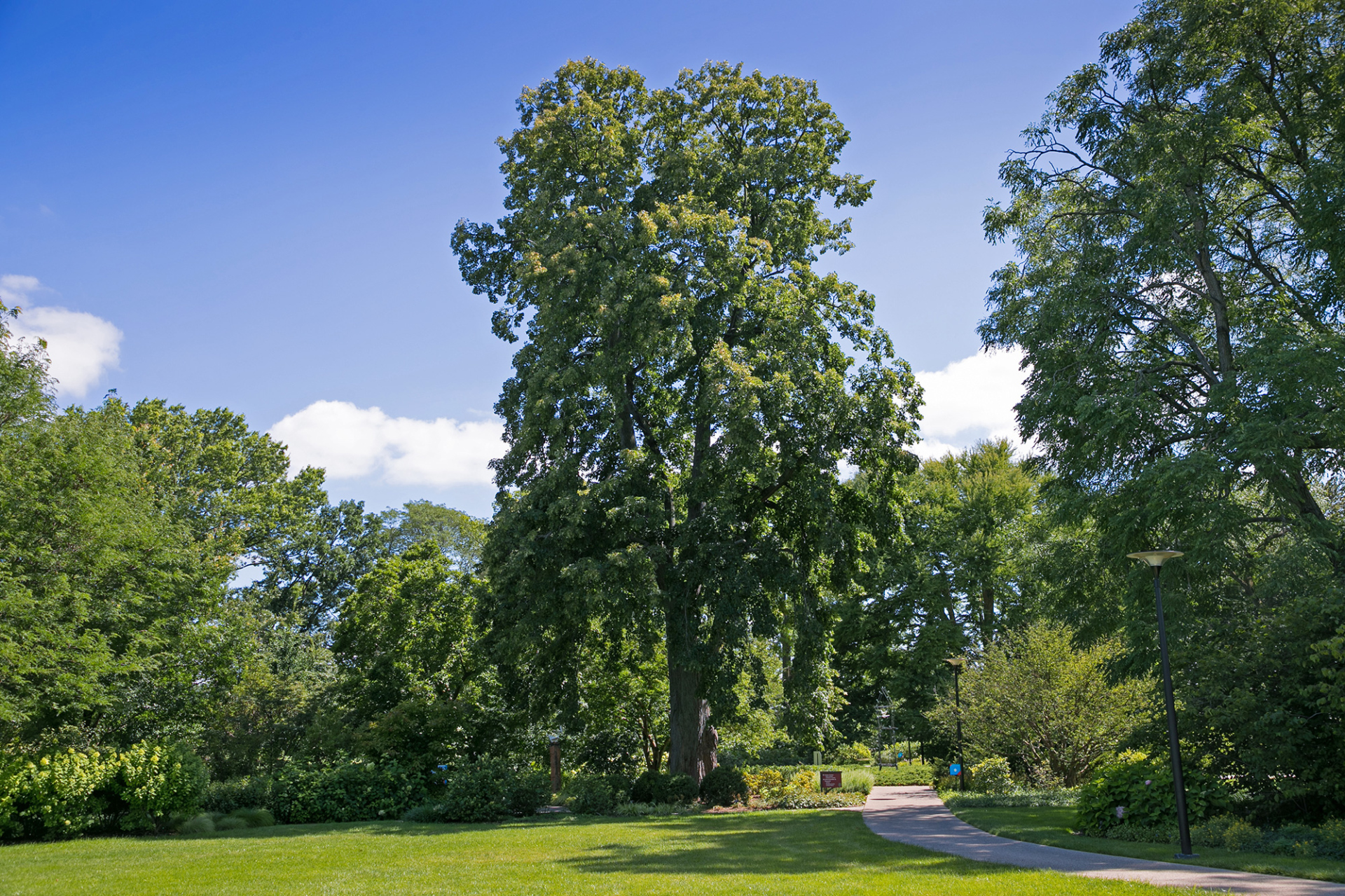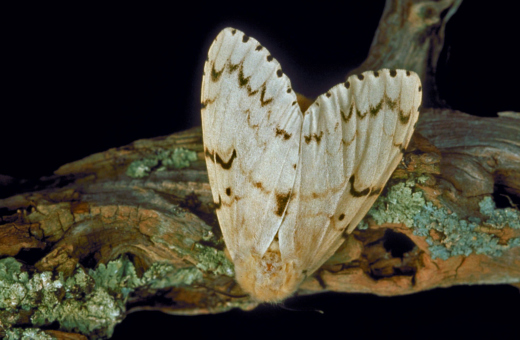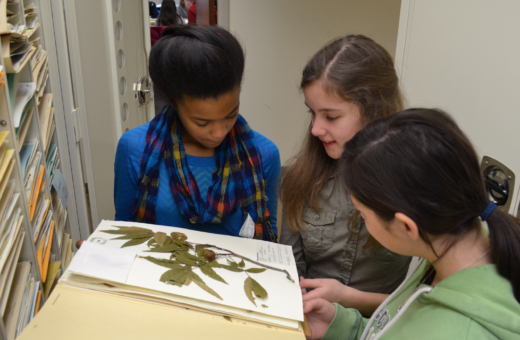The Centennial Tree: Zamoyski’s Linden
A Tree to Celebrate a Century
In honor of The Morton Arboretum’s 100th anniversary, its horticulturists selected a cultivar of the rare Zamoyski’s linden to be designated the “Centennial™ linden” (Tilia ‘Zamoyskiana’ Centennial™). A number will be planted across the Chicago region as part of the Centennial Tree Planting Initiative, with the goal of further diversifying the regional forest.
Linden trees have a certain grace to them. Their leaves are heart-shaped with coarsely toothed edges, fragrant cream-colored flowers burst from their buds in spring, and small globular fruit hang from their narrow branches. Zamoyski’s linden has adapted well to the region’s climate, and it has demonstrated other features that make it ideal for the Chicago area.
If you’re not familiar with Zamoyski’s linden, you’re not alone. The tree is obscure even by horticultural standards. Until 1937, it was only known to exist in a few private European collections. So how did it get here?
From one tree, to a few, to a forest
In 1937, the Arboretum was searching for rare trees and plants to add to its growing collections. John van Gemert, then the Arboretum’s propagator, embarked on a journey by boat from Lisle to Europe with the purpose of establishing relationships with botanical gardens, arboreta, and nurseries, and securing access to plant material of interest.
At the Kórnik Gardens and Arboretum in Poland, he collected nearly 100 plants and trees that were unrepresented in The Morton Arboretum’s collections. One tree of note was Zamoyski’s linden, a rare and little-known linden of horticultural origin, cultivated by botanical researchers.
What it was about this tree that caught van Gemert’s eye, other than its relative rarity, remains a mystery. It originated in the collections of the Kórnik Gardens and Arboretum from seeds collected from an American linden (Tilia americana), thought to be pollinated by a nearby weeping silver linden (Tilia tomentosa ‘Petiolaris’). It was found to be fast-growing, held its green leaves well into the fall, and had an elegant look owing to its gracefully arching branches.
It was named in honor of Count Wladyslaw Zamoyski (1853-1924), who donated all his properties to the Polish nation, including the Kórnik Arboretum.
Van Gemert sent back scions, or small twigs, to The Morton Arboretum for grafting purposes, where 10 young lindens were grafted. Many of these lived until as late as the 2000s, and one healthy Zamoyski’s linden still stands strong on the West end of the Ground Cover Garden, in front of the Research and Administration building. The trees being planted for the Centennial Tree Planting Initiative were produced from grafts from the Arboretum’s towering shade-giver.
Outside of The Morton Arboretum, Zamoyski’s linden remains virtually unknown. Its name or description is missing from all major scientific literature. However, it has demonstrated adaptability to the Midwest climate, horticultural potential due to its tall but graceful habit, and relative resistance to Japanese beetles.
It’s the hope of the Arboretum’s scientists that the Centennial™ linden can become a permanent member of the regional forest—completing its journey from private European collections, to the forest of the Chicago region.



